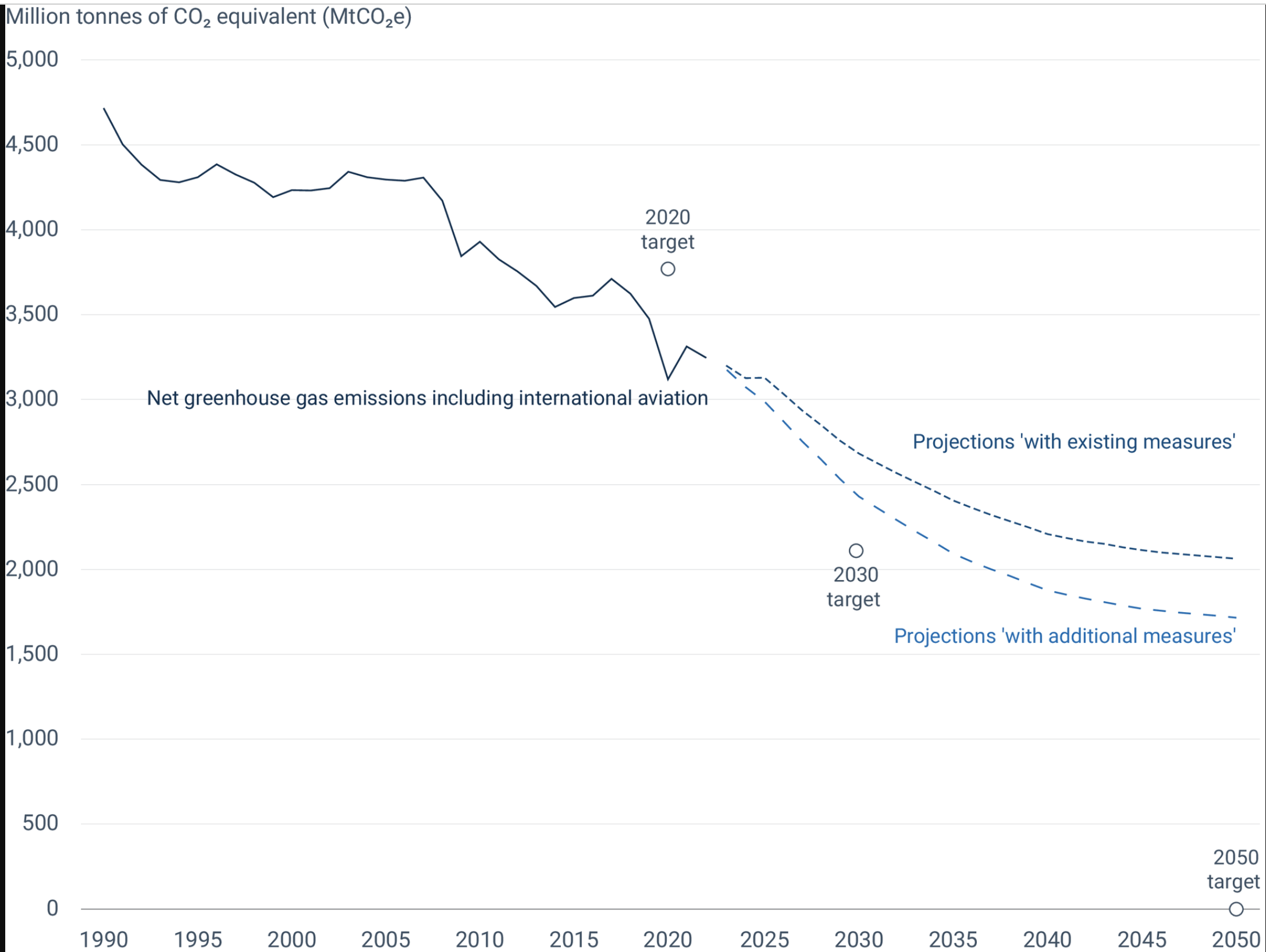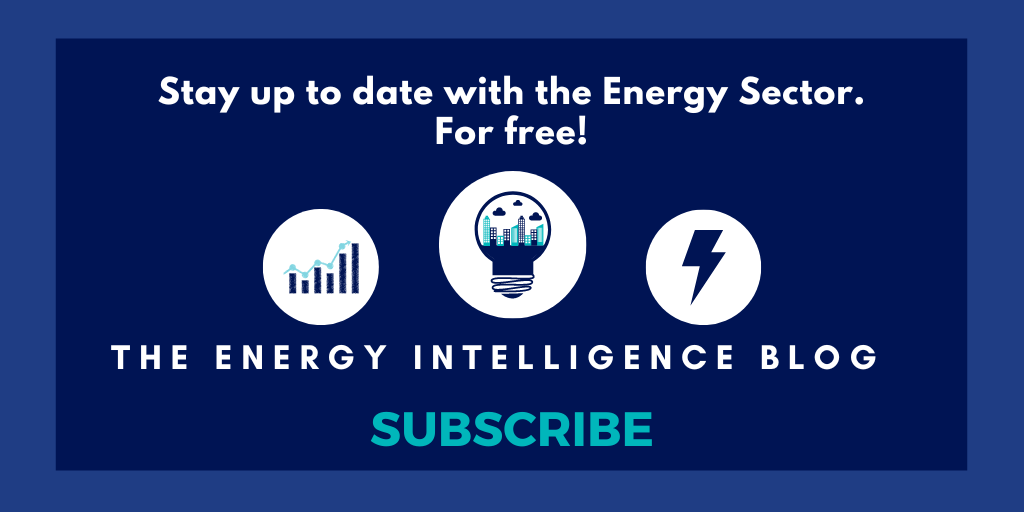Historically, the role of the Public Administration has been to drive, promote, support and create a framework in which companies contribute their knowledge and experience in the different sectors, enabling citizens to improve their well-being every day and to be able to count on a multitude of services that perfectly cover their needs.
Nowadays, there is a clear change of priorities in society that also pushes administrations to promote new measures linked to efficiency and sustainability.
This is the subject of this article: how public administrations can implement energy-saving plans and reduce their energy consumption. If you’re interested, keep on reading!
Public Administration and Energy Efficiency
The Government, along with individuals and businesses, have witnessed a rise in their energy expenses in recent years, primarily attributable to the escalation of electricity and gas prices. Both the public administration and sectors as diverse as residential and industrial share a common ability to enact measures aimed at curbing energy costs.
Given circumstances like the surge in energy prices or energy-saving policies for individuals and companies, government bodies can no longer remain passive observers and are actively adopting energy-saving measures. The public is increasingly calling for heightened efforts, and government entities are acutely aware of this demand, focusing their endeavours in this realm.
The adage “What gets measured gets improved” holds true in the context of monitoring various energy sources, including electricity, gas, water, and diesel consumption. Such monitoring empowers them to subsequently invest in initiatives that enhance building efficiency, thereby yielding positive outcomes for citizens and contributing to cost reduction.
How to save Energy in Public Administrations?
Energy-saving measures within the government mainly involve a change in consumption practices. We are all aware of this and, as a result, we are making commendable progress. The increase in investment in energy efficiency and sustainability is proof, complemented by the sound advice and support provided by the various grants regularly awarded by central and regional governments.
Public administration can also benefit from these grants. For example, these subsidies are particularly beneficial when they are directed towards initiatives that reduce greenhouse gas emissions by modifying heating systems, switching to biomass, using aerothermal/geothermal energy, improving lighting and, in particular, implementing photovoltaic systems as part of the self-consumption model, despite their relatively longer payback period.
The latter, photovoltaic self-consumption, has emerged as the primary investment choice for local councils and government bodies. It offers a means for various models, whether individual, collective, or community-based energy, to effectively reduce their energy expenditures with a relatively modest initial outlay.
This can be attributed, in part, to the subsidies provided at a national level and efficiently managed within the different autonomous communities by the respective competent authorities. Nevertheless, this isn’t always straightforward due to the substantial volume of applications received and the perpetual nature of the sun as an energy source.
In this regard, Energy Service Companies (ESCOs) like Enermetrik possess the capability to conduct a comprehensive technical-economic assessment. They offer invaluable assistance by not only executing these projects but also concurrently managing the various subsidies aimed at promoting this energy-saving measure, thereby ensuring its success and enabling its full implementation. This is particularly crucial because, in general, government bodies lack the requisite personnel to undertake such projects independently.
The Importance of Energy Monitoring
We’ve already stressed the significance of monitoring for effective and sustained energy management, along with energy conservation measures (ECMs). Nonetheless, it’s crucial to bear in mind that administrations have long been obliged to comply with energy efficiency legislation, especially concerning the regulations of autonomous communities.
To meet their objectives and execute this monitoring efficiently, government bodies must possess a mechanism or software that enables them to submit their annual consumption data within the first quarter of the subsequent year. Furthermore, they should also employ such software to carry out energy management and conduct energy audits every four years for public buildings with a consumption exceeding 70kW. Additionally, they are required to conduct energy audits for their public lighting, hold energy certificates for all their buildings, and actively promote and implement training and mobility plans, a task by no means straightforward.
To facilitate these tasks, Energy Management Systems like the Spacewell Energy Platform (Dexma) offer the means to centralise and optimise all of this management.
Barriers in Public Administration for Energy Saving Projects
Lastly, it is imperative to discuss the obstacles and challenges that government bodies encounter daily when striving to implement these measures and actions. Undoubtedly, meeting the rigorous benchmarks established by Europe concerning energy and climate change is no small feat.
It’s essential to remember that these two aspects are closely intertwined, as the primary source of energy production derives from the conversion and consumption of fossil fuels. Currently, energy consumption is responsible for a substantial 79% of greenhouse gas emissions within the European Union. Furthermore, as a nation, we are bound by commitments outlined in the Kyoto Protocol and the Paris Agreement.
These international agreements establish objectives and targets for reducing greenhouse gas emissions, in addition to specific goals for renewable energy production and enhanced energy efficiency.
These diverse objectives, shaped and refined over the decades, include:
For 2020:
- a 20 % reduction in greenhouse gas emissions compared to 1990 levels
- achieving a 20 % share of renewable energy in EU energy consumption by 2020
- an indicative target to improve energy efficiency by 20% compared to projected future energy consumption.
For 2030:
- Greenhouse gas emissions: from 40% to at least 55% reduction (compared to 1990 levels)
- Renewable energy: from 32% to 42.5% share
- Energy efficiency for final energy consumption: from 32.5% to 36%
- Energy efficiency target for primary energy consumption: 39%
For 2050:
- The Union has the objective of reducing the EU’s greenhouse gas emissions by 80-95% compared to 1990 levels.
- The EU aims to be climate-neutral by 2050 – an economy with net-zero greenhouse gas emissions.
The illustration below shows the trends, projections and targets, and the emission reductions needed to achieve the goals. It also shows that the greenhouse gas emission reduction goals and targets for 2030 and 2050 will not be met without considerable additional efforts.
To meet the 2030 targets, annual emission reduction measures will have to be increased by 50% over the next ten years. However, the most significant change will have to occur after 2030, when the rate of emission reductions will have to triple or quadruple historical levels to meet the 2050 target. And there are just 6 years to go before 2030.
To attain these goals and objectives, government bodies encounter significant barriers, primarily revolving around the imperative need for enhanced digitisation of administrative functions and processes, the shortage of qualified personnel, and, in essence, the modernisation of public management.
The IDAE (Instituto para la Diversificación y Ahorro de la Energía) itself acknowledges these obstacles, with a particular focus on public buildings. It underscores the considerable potential for energy conservation, while also acknowledging the associated complexities that hinder efficiency and agility.
For these compelling reasons, we must collectively take a proactive approach to address a challenge that concerns us all, a challenge we are undeniably poised to overcome together.
In this endeavour, energy service providers, consultancy firms, and energy management software companies play an indispensable role. They bring to the table the knowledge, expertise, and tools necessary to assist government bodies in achieving their savings and sustainability objectives.
About the author
Jorge Álvarez is the Director of Enermetrik Solutions, an Energy Services Company based in Abanto y Ziérbena (Spain) that helps clients save energy and achieve their sustainability goals thanks to data and energy monitoring.
Note that some changes have been made to reflect Spacewell Energy’s style.





